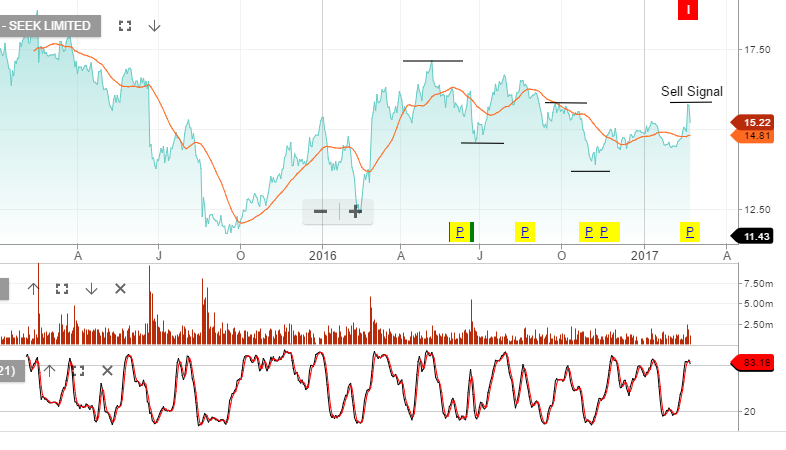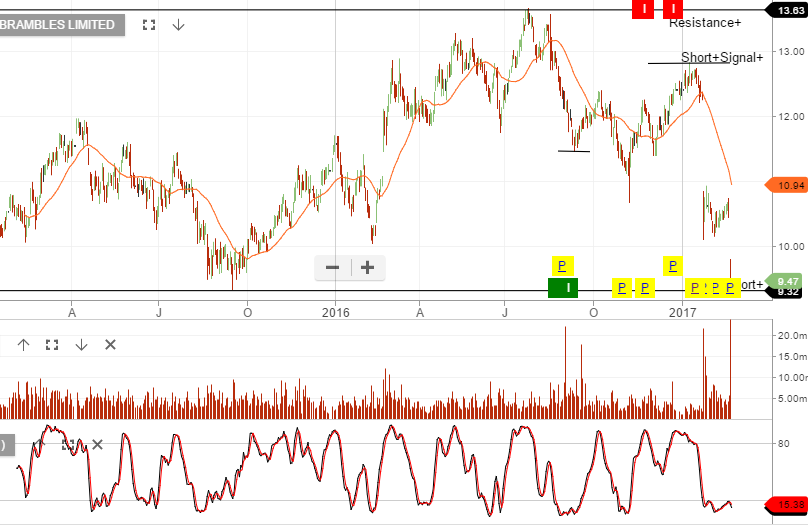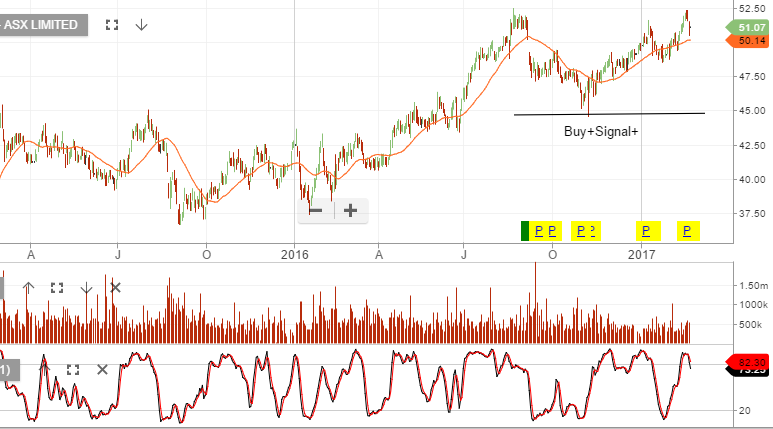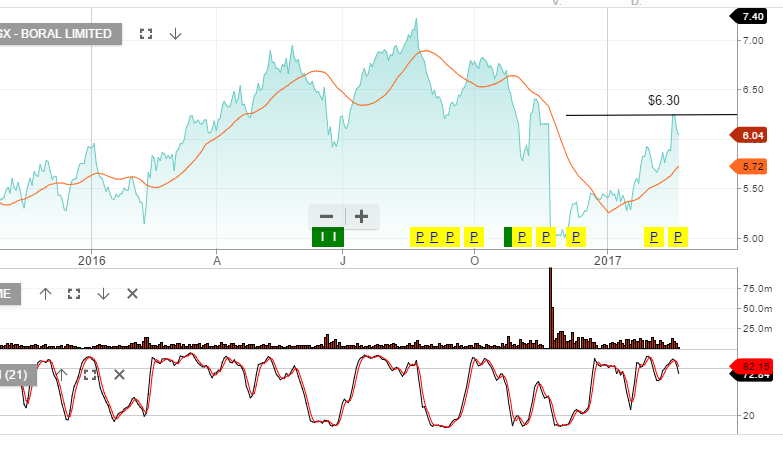SEEK Earnings Update
Share of Seek are down over 3% in early trade after announcing disappointing underlying earnings for the six-month period ending December 31st.
The company reported EBITDA of $170.3 million, down from $193.3 million in the previous period on revenue of $487.9 million.
Seek announced an interim dividend of 23 cents per share, which was up 10% versus a year ago.
Our Algo Engine has triggered a “short” signal at yesterday’s high of $15.92.







